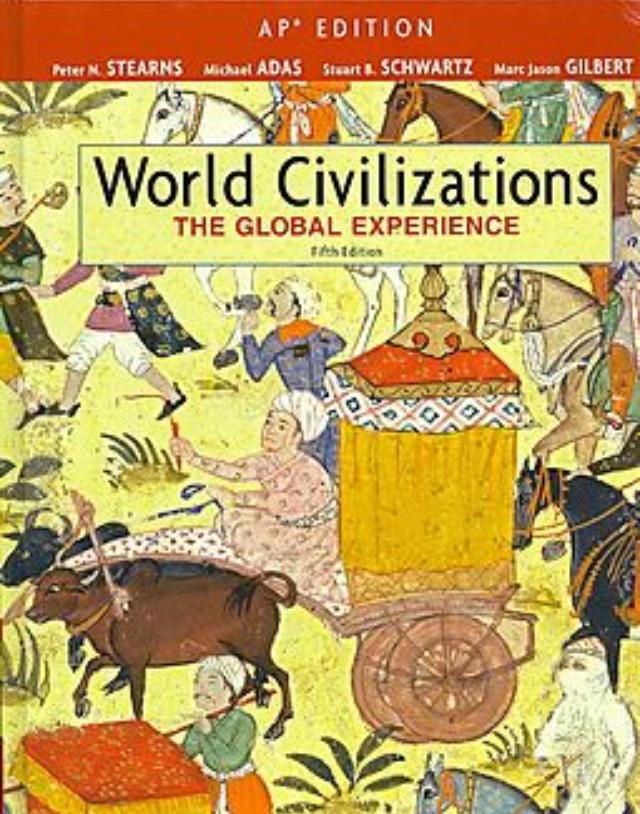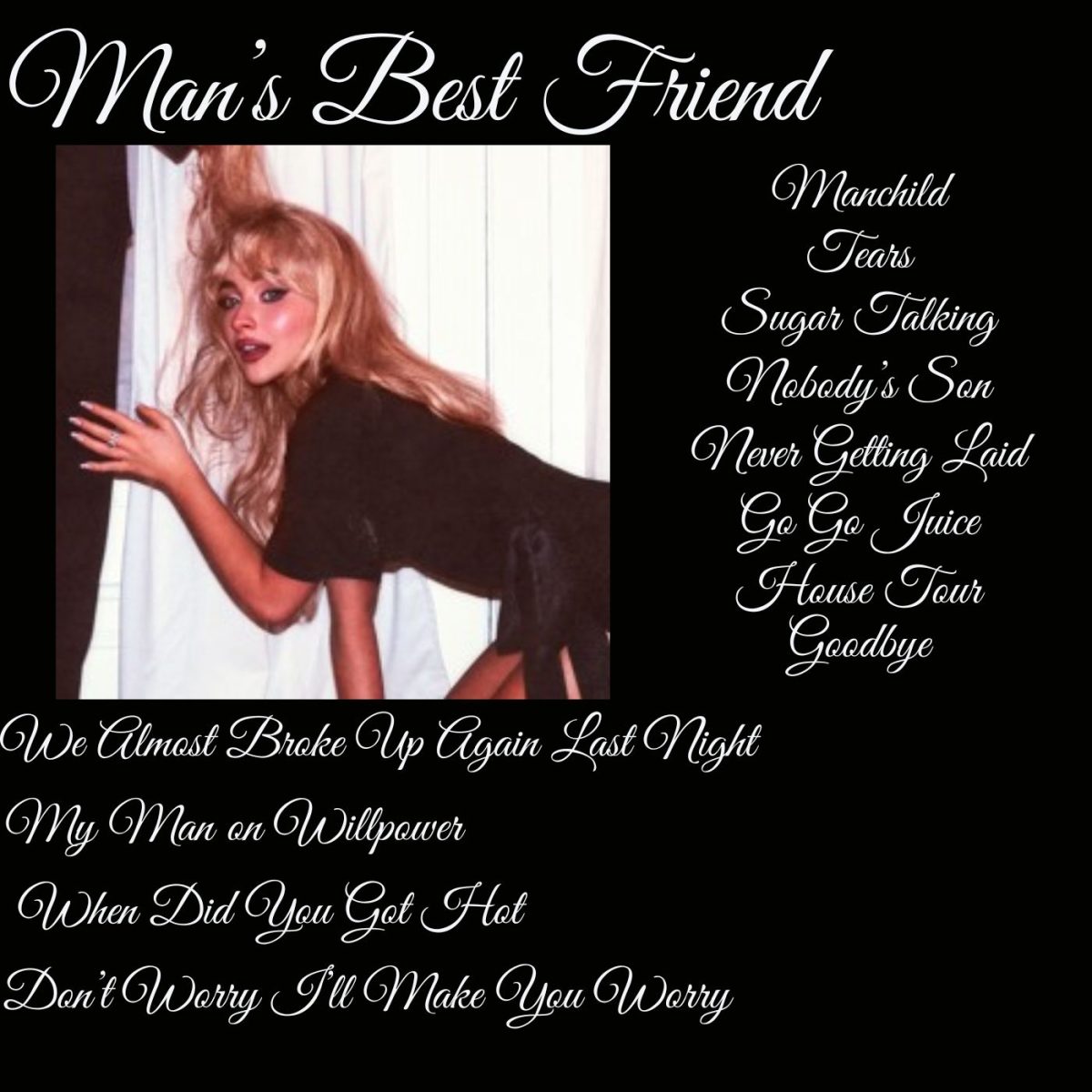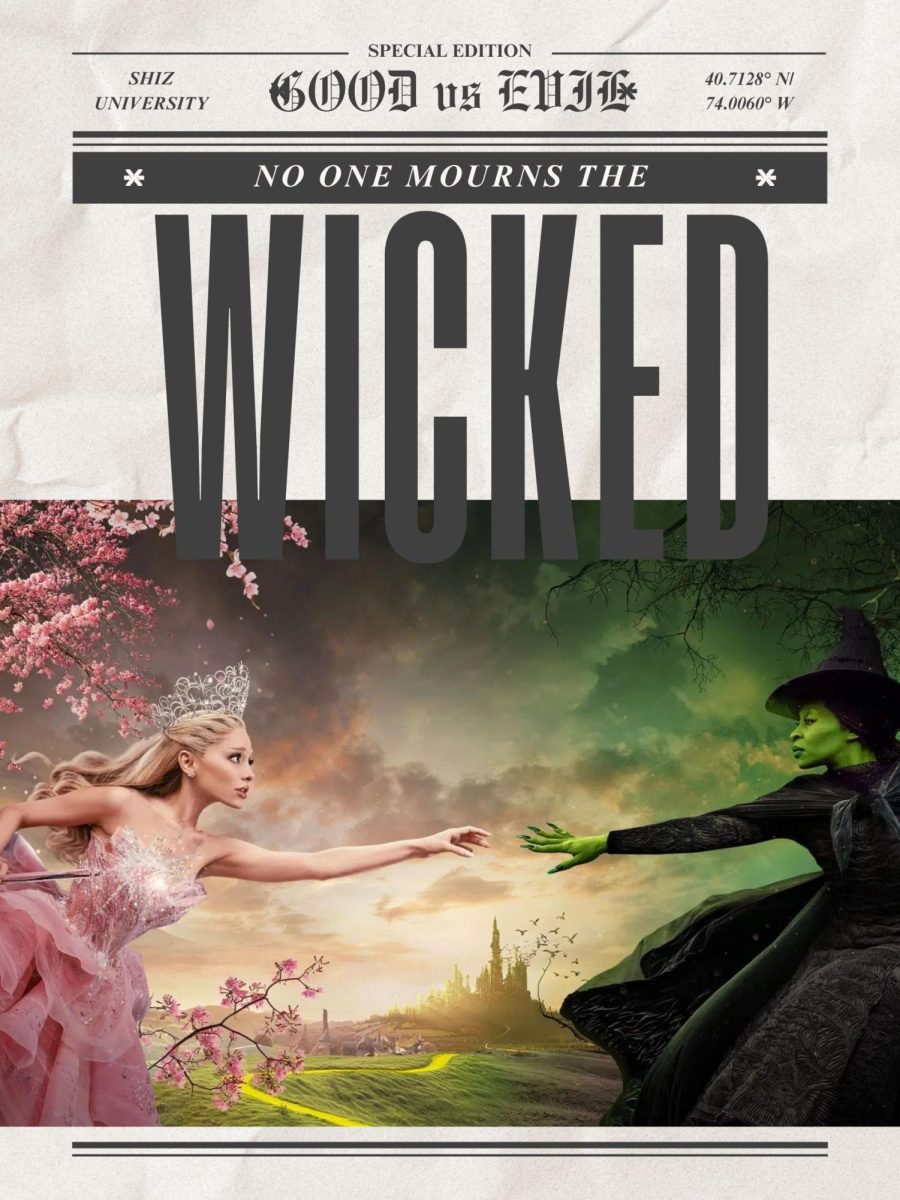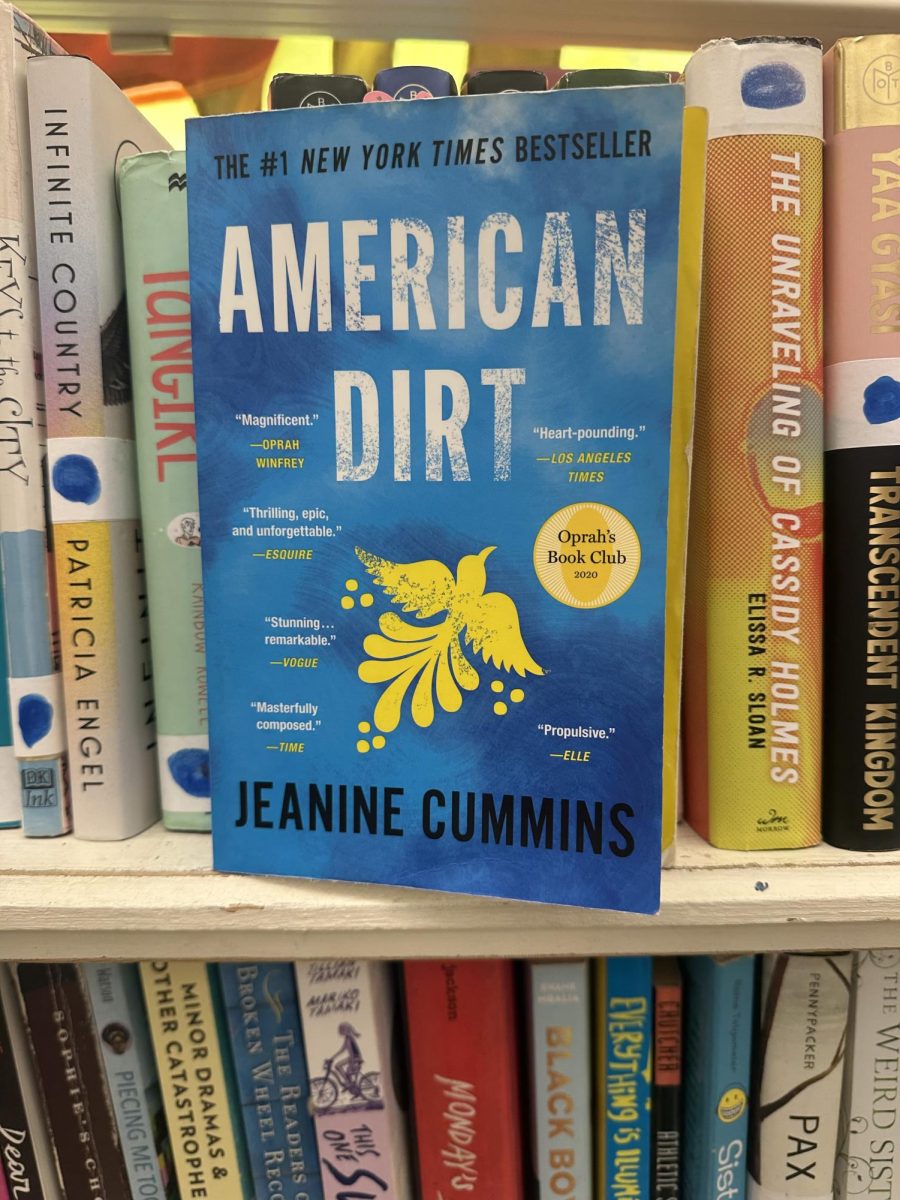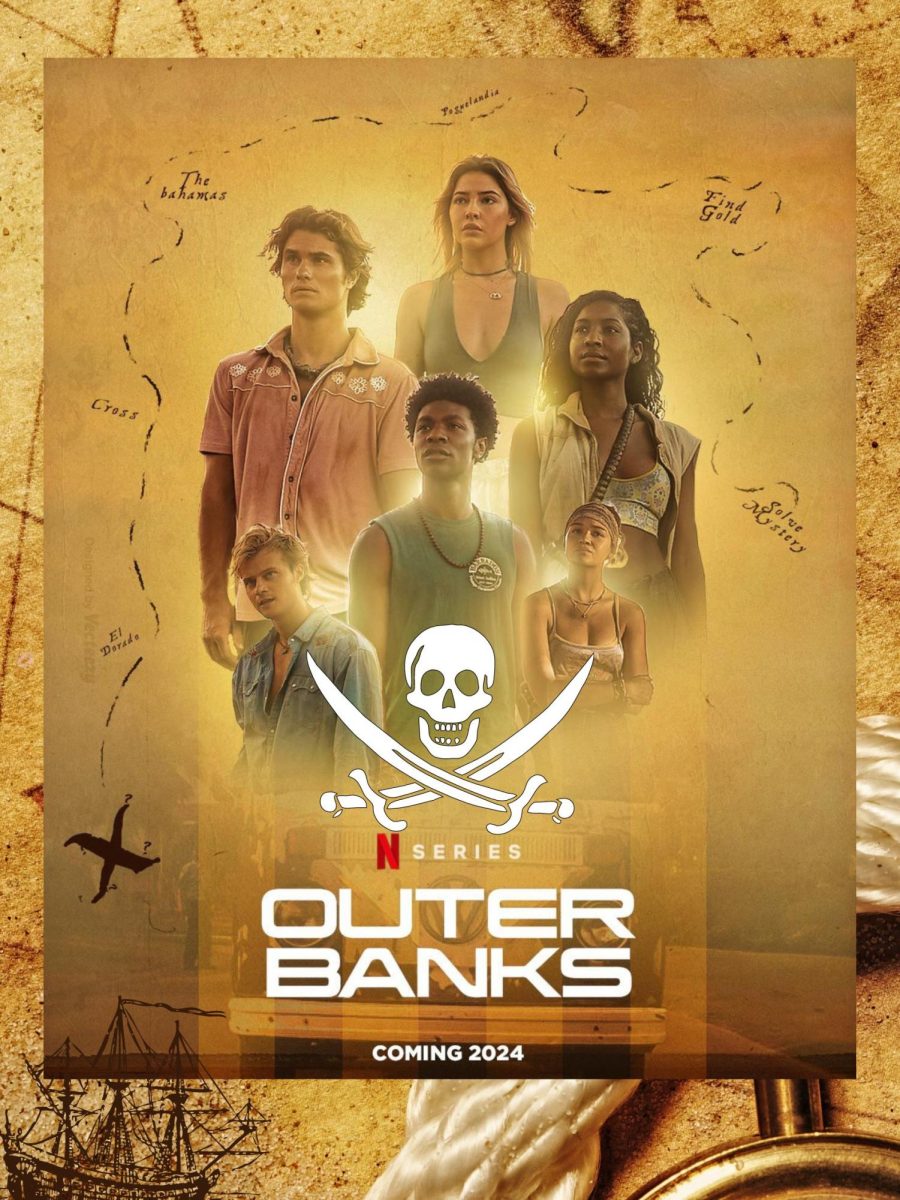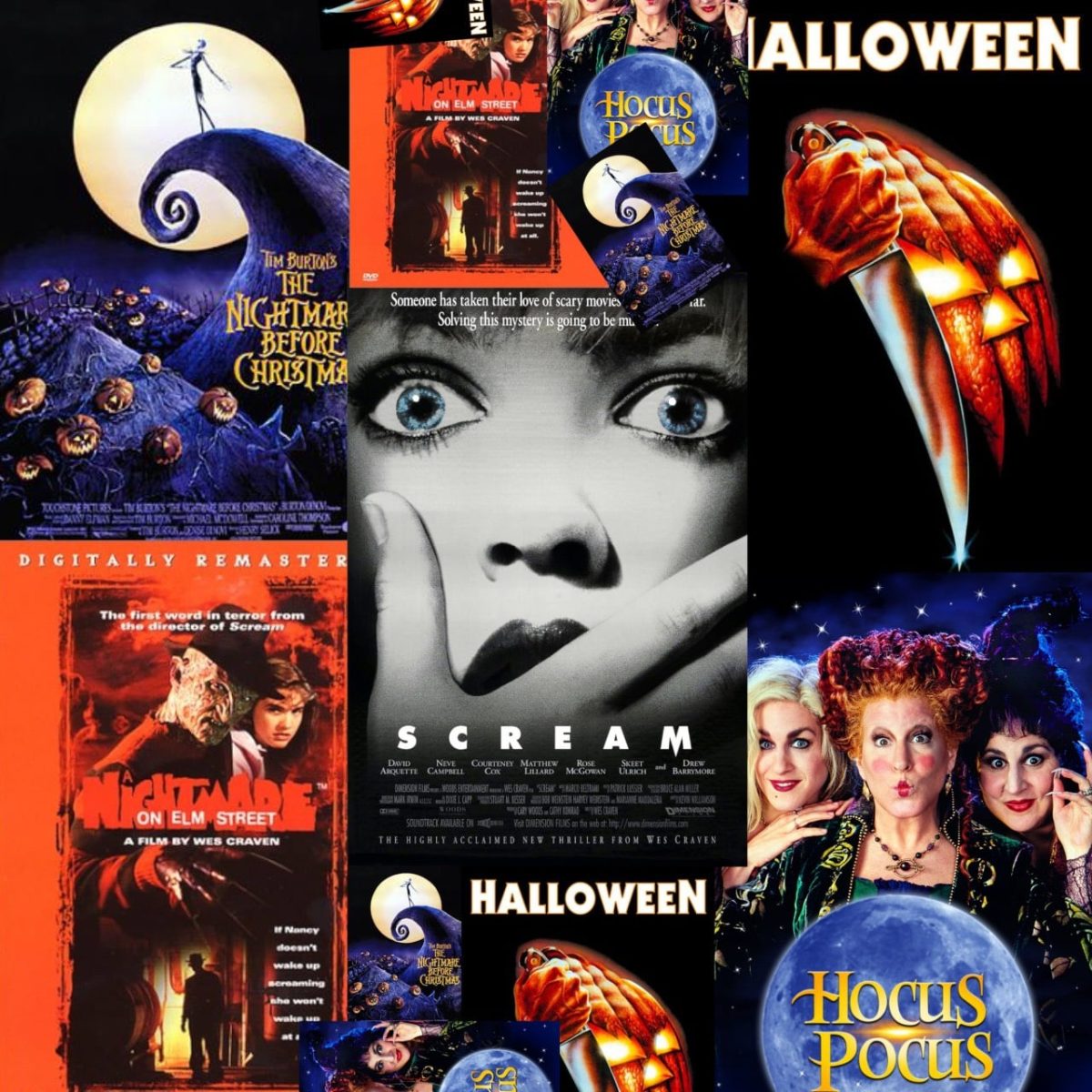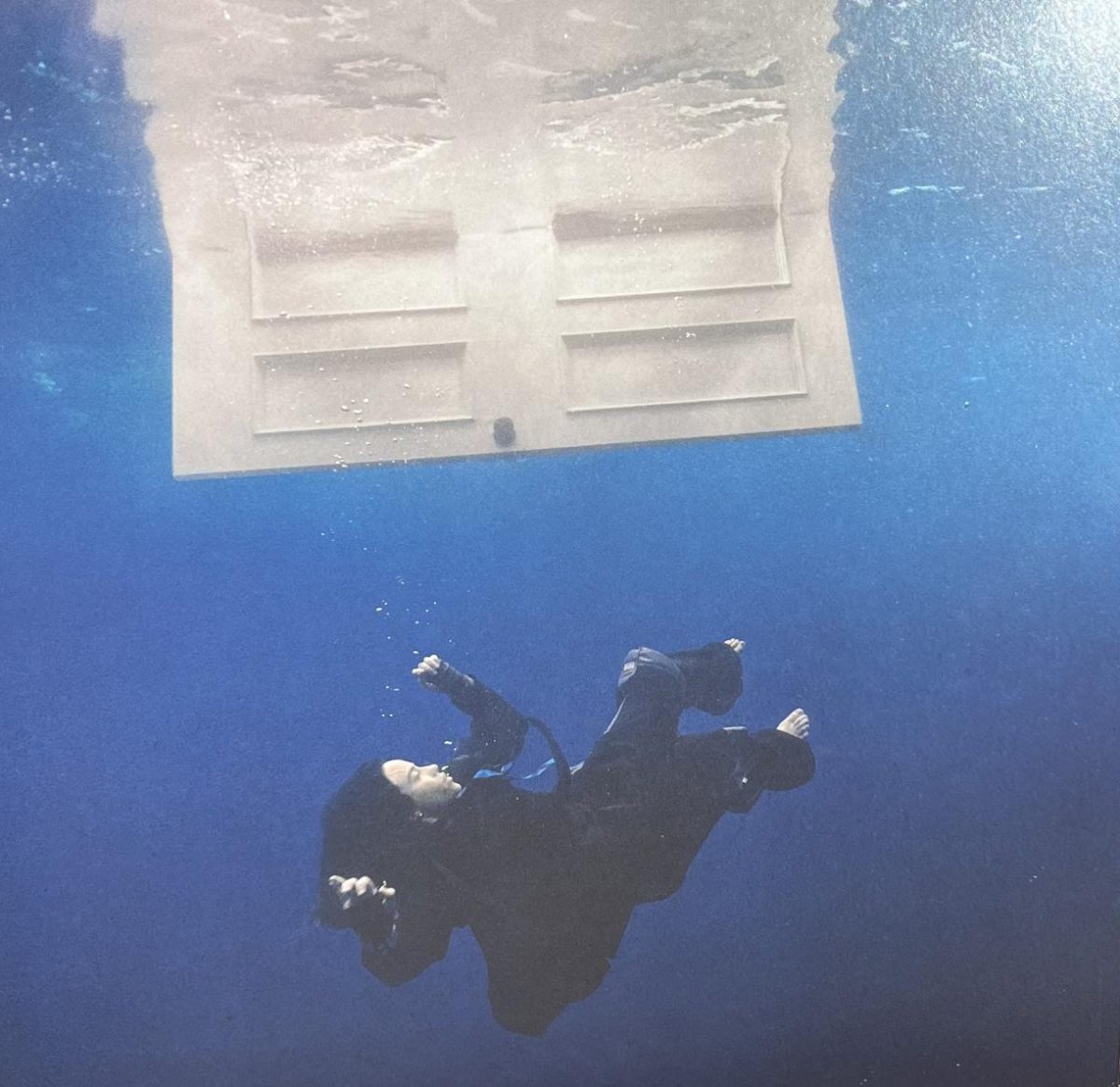“Mary Queen of Scots,” released Dec. 7, 2018 is directed by Josie Rourke and stars Saoirse Ronan and Margot Robbie, is a film taking place in 16th century England about the cat-and-mouse power struggle between Mary Stuart, the queen of Scotland and Elizabeth I, the queen of England.
It was very interesting seeing the film, having had some outside knowledge from Michael Gacha’s World History class at Ventura High School (although I wish I could have remembered more). Learning about history is amazing because one can immerse themselves in all different aspects and views of the past on a vast or minute scale. Additionally, it allows for comparing of history alongside local knowledge of how people like you may have thought and seeing how events of the past may affect today.
However, remembering such broad contexts over long periods of time, no matter how thoroughly understood at the time, can also bring problems in understanding the causes of certain aspects of history. As a direct example, Ventura High School junior Eva Connelly said of learning about historical events documented by the in the movie in class, “Some of it seemed kind of familiar.”
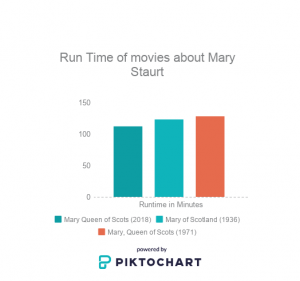
History is a paradox in that it is complex yet simple, and when it seeks to teach such multi-scale aspects of history in a memorable way, shoots itself in the foot by fitting it into 112 minutes. This film seeks to capture the ethos of 16th century European politics and manages to do it on the greater scale, however diving deeper into the personalities of the people in such places of dictation makes it walk a fine line.
Thus, the film plays out in a kind of limbo of storytelling. It tries to not establish a boring historical price, but still steer away from a completely personal piece. When it does so, it neglects the historical context, implications and importance. In seeking to give its audience the best of both worlds, the hopscotch between narratives serves to satisfy no more than or no less than it would have if it had been a chalk dry overview of history or introspective analysis of the personal trials of the Stuart family’s women.
This is not to say it was a terrible movie, as the performances by Saoirse Ronan and Margot Robbie were transcendent, treacherous and awe inspiring. The film also had beautiful scenery and cinematography, but it did what most biographical pieces do, which is leave the viewer with a sense of empathy that lacks context and asking themselves now, “so what?”
“Mary Queen of Scots”, is, as most other biographical pieces are, a great film only through the actors’ portrayal, but not through its function as a narrative stage. Even if an actor gives an awe-inspiring and gut-wrenching performance like Saoirse Ronan and Margot Robbie did, none of it matters if the stage they perform upon is incapable of opening or closing its curtains and leaves only a partial sliver for viewership.



